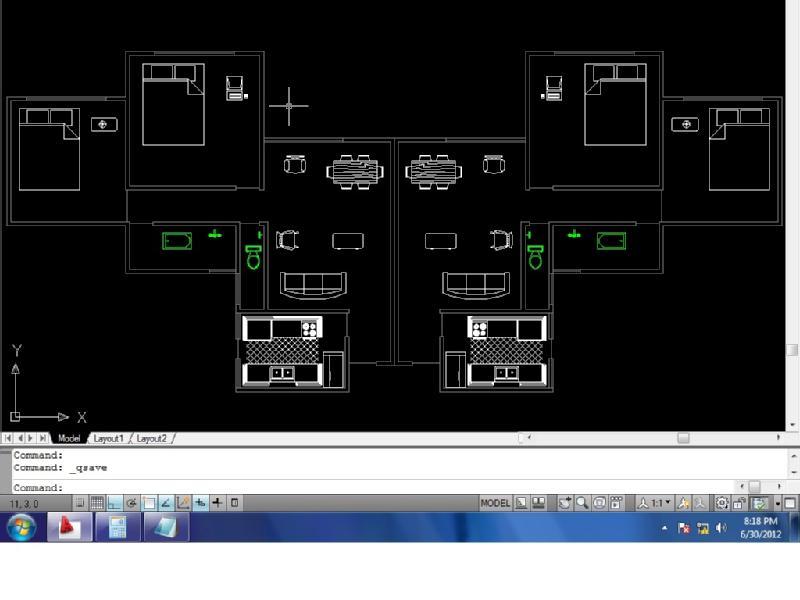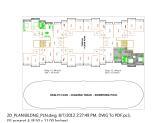Not the class room, Home Training, Private, personal & professional, Training.
Topics Covered
Autocad, Basic, Tally, Indesign, Photoshop, illustrator, coral draw,
Who should attend
Daily & alternate
Pre-requisites
Laptop or desktop
What you need to bring
Laptop or desktop"
Key Takeaways
Autocad, Basic, Tally, D T P , Indesign, Photoshop, illustrator, coral draw,
A **Graphic Design Course** typically covers both foundational and advanced aspects of visual communication, focusing on creating impactful visuals through various design principles. Here’s a detailed look at what you can expect from such a course:
### **1. Introduction to Graphic Design**
- **Overview of Graphic Design:** Understanding the role of graphic design in media, advertising, and branding.
- **History of Graphic Design:** Learning about influential design movements and designers that shaped the industry.
### **2. Design Principles**
- **Elements of Design:** Exploration of line, shape, color, texture, and space.
- **Principles of Composition:** Emphasis, balance, contrast, rhythm, and unity.
- **Color Theory:** Understanding color relationships, schemes, and the psychology behind colors.
- **Typography:** Learning about fonts, typefaces, and how to use text effectively in design.
### **3. Design Software Skills**
- **Adobe Photoshop:** Photo editing, retouching, manipulation, and digital painting.
- **Adobe Illustrator:** Creating vector graphics, logos, and illustrations.
- **Adobe InDesign:** Designing layouts for print and digital publications, such as magazines, brochures, and eBooks.
- **Optional Software:** Some courses might include additional tools like Adobe After Effects for motion graphics or Figma for UI/UX design.
### **4. Branding and Identity Design**
- **Logo Design:** Creating logos that represent a brand’s identity and values.
- **Branding:** Understanding brand guidelines, color palettes, typography choices, and visual consistency across various platforms.
- **Marketing Collateral:** Designing business cards, letterheads, social media posts, and advertisements that align with a brand’s message.
### **5. Layout and Print Design**
- **Print Layouts:** Designing brochures, flyers, posters, and other print materials.
- **Digital Layouts:** Creating cohesive layouts for digital platforms, such as social media, websites, and emails.
- **Pre-Press & Printing Techniques:** Understanding the technical aspects of printing, such as file formats, color modes, and printing techniques.
### **6. Motion Graphics & Animation (Optional)**
- **Basics of Animation:** Introduction to frame-by-frame animation and motion graphics.
- **Adobe After Effects:** Creating simple animations, motion graphics, and video editing.
### **7. Portfolio Development**
- **Creating a Portfolio:** Assembling a body of work that showcases your skills and versatility as a designer.
- **Project-Based Learning:** Working on real-world projects to build a strong portfolio for job applications or freelance opportunities.
- **Presenting Work:** Learning how to present and discuss design projects professionally.
### **8. Career Preparation and Soft Skills**
- **Client Communication:** Understanding how to interpret a client’s needs and communicate design ideas effectively.
- **Freelancing & Business Skills:** Tips on starting a freelance design business, pricing services, and managing projects.
- **Networking and Job Search:** Building connections in the design industry and preparing for interviews.
### **Course Duration and Format**
- Graphic Design courses vary in length, from a few weeks for a crash course to a full year for a comprehensive certification program. Many courses are available online, allowing for flexibility, while others offer in-person sessions for hands-on learning.
By completing a graphic design course, students gain technical skills, creativity, and an eye for detail—qualities that are essential for success in fields such as advertising, digital marketing, branding, and visual content creation. Most importantly, students leave with a portfolio that is vital for job applications, freelance work, or personal projects.











